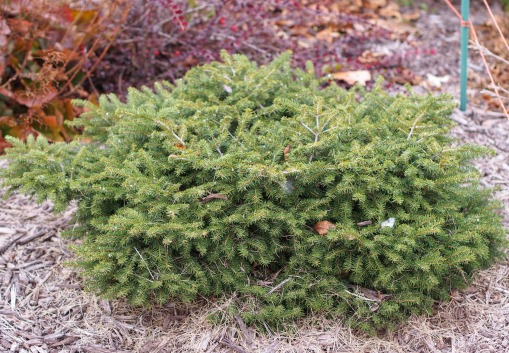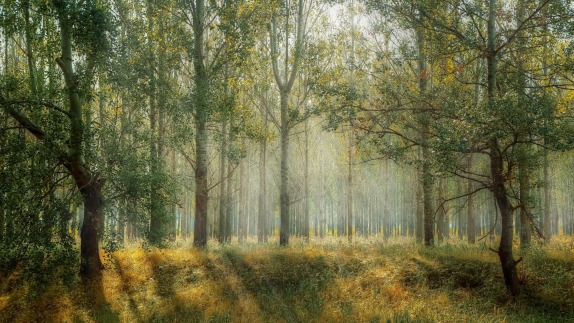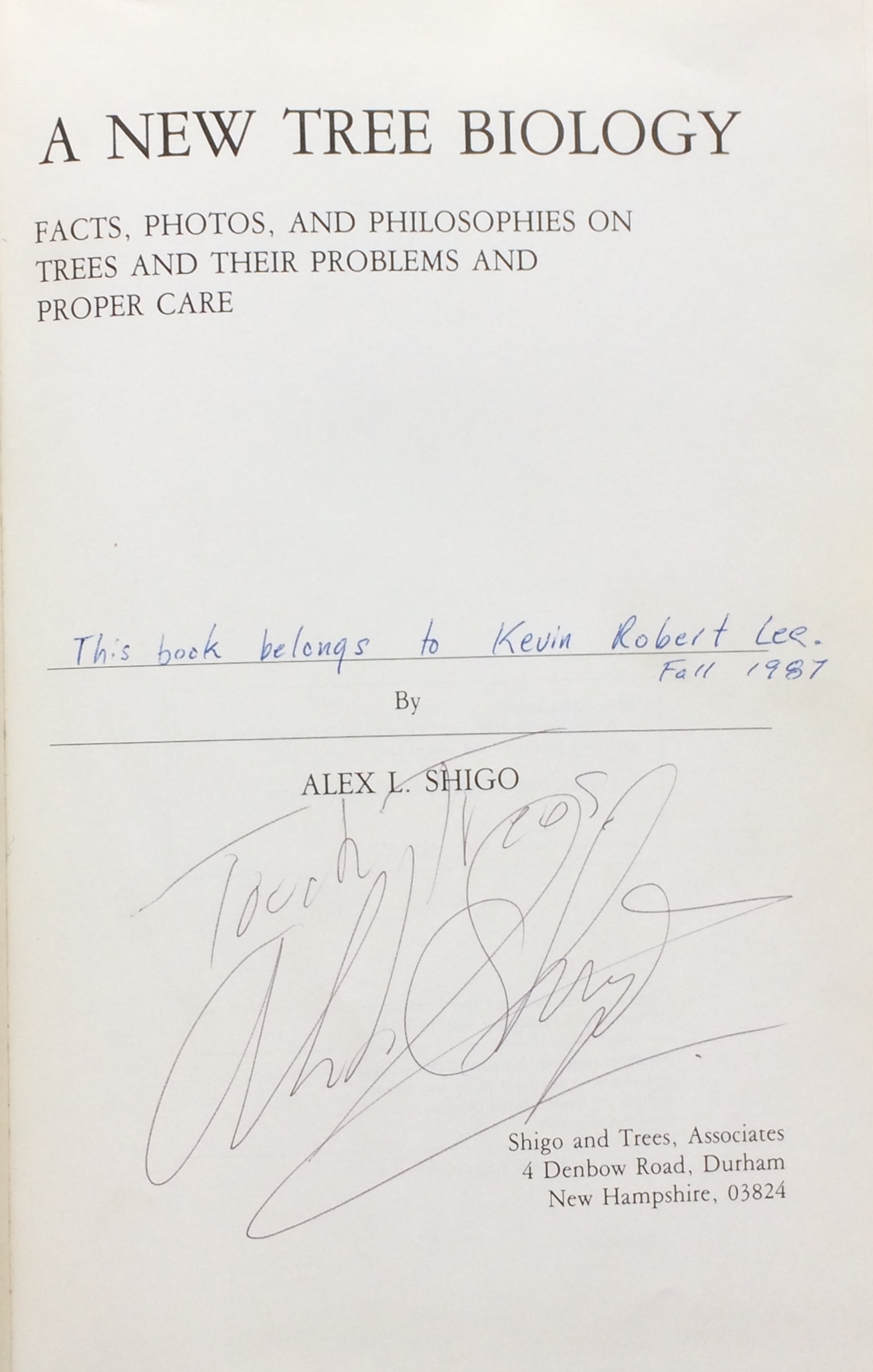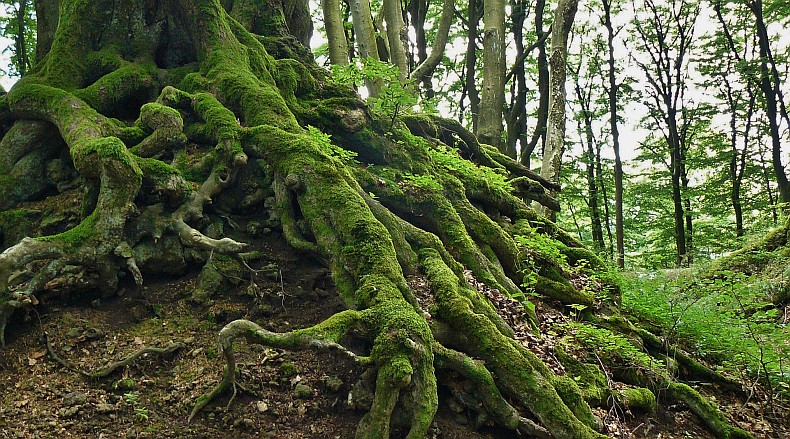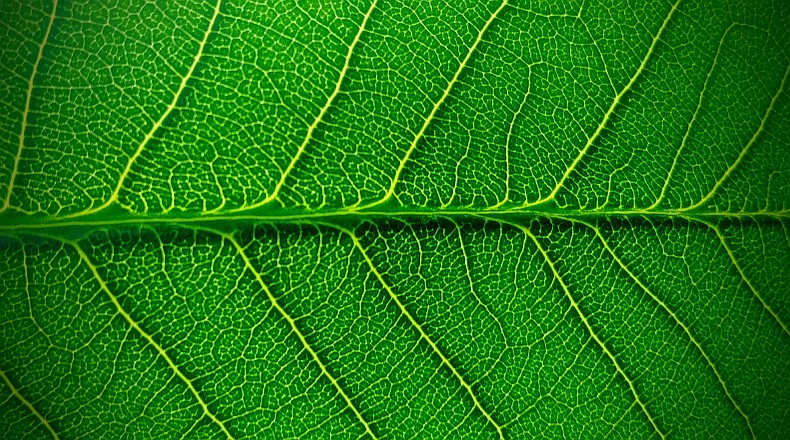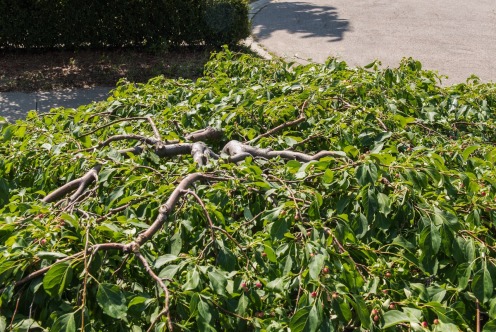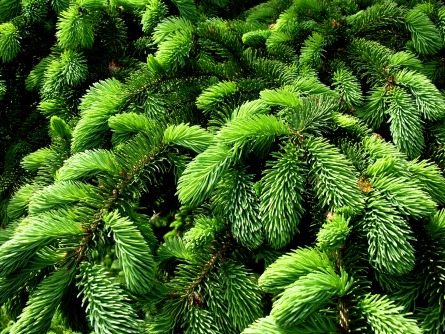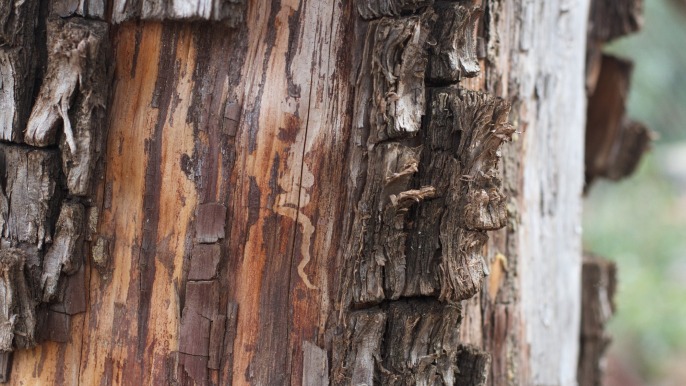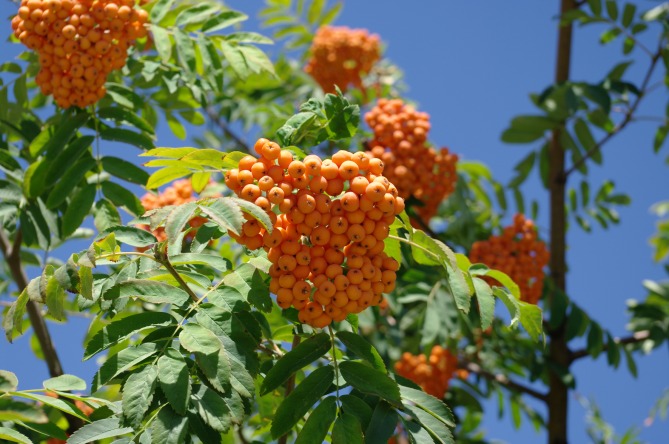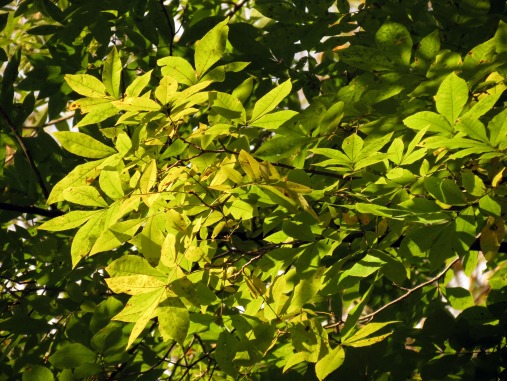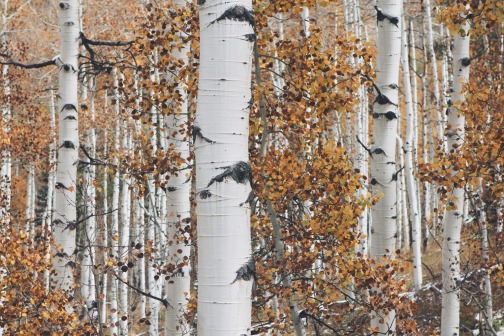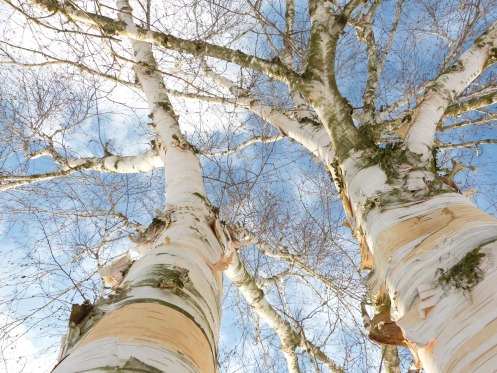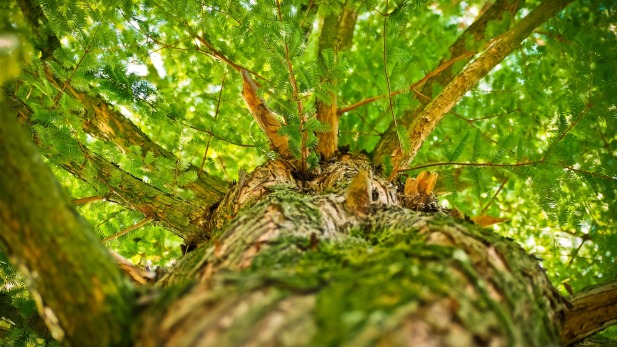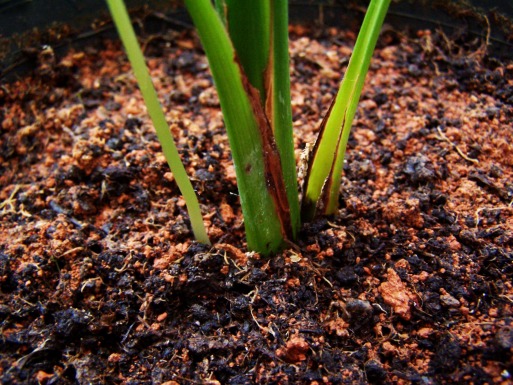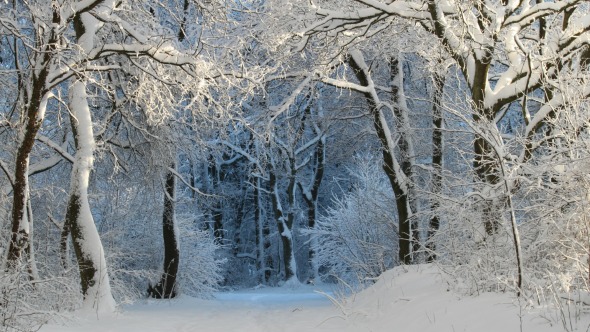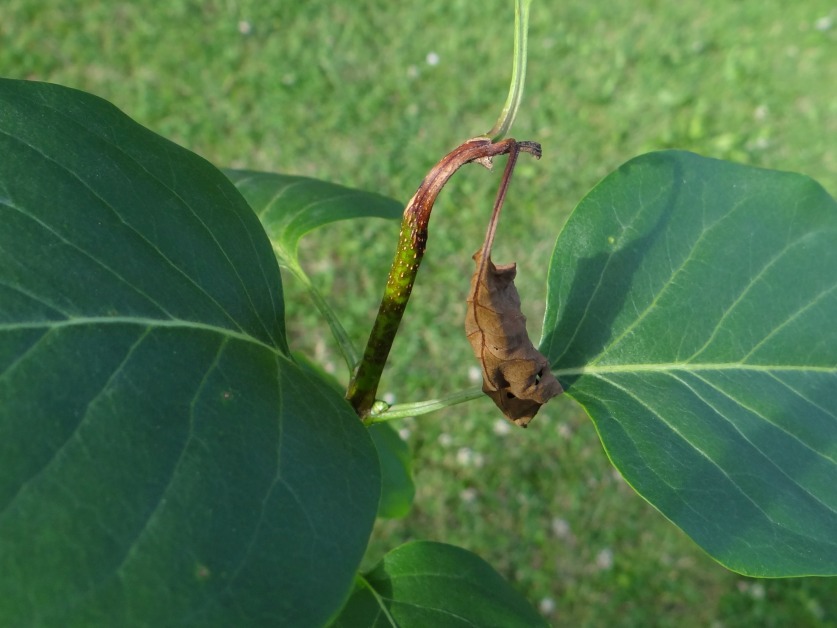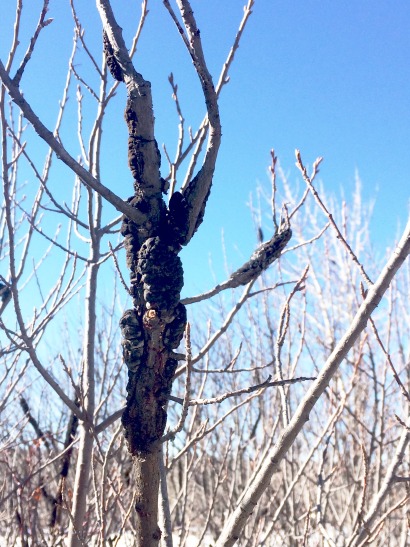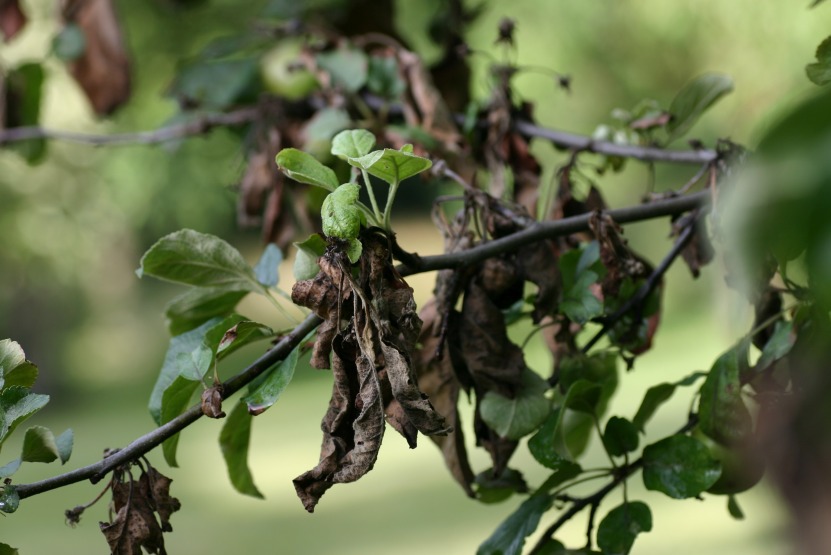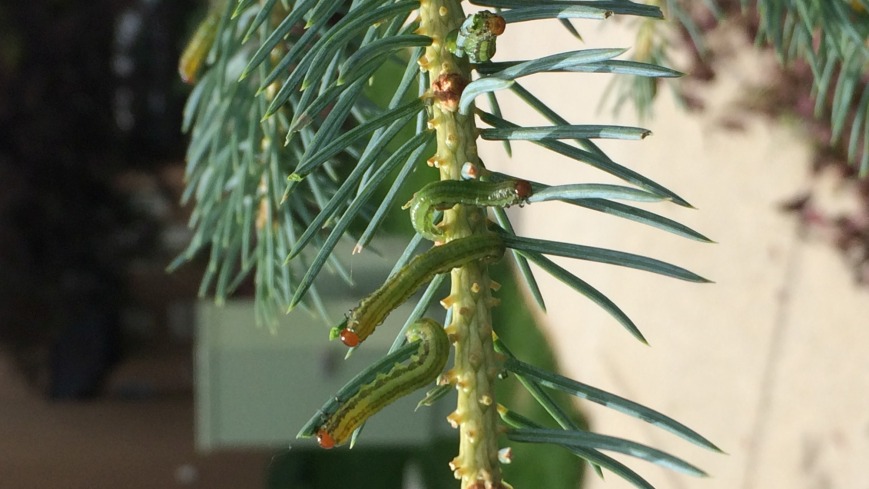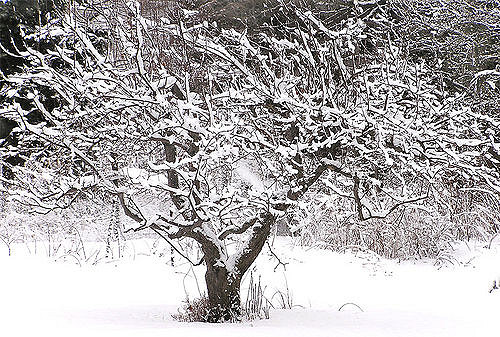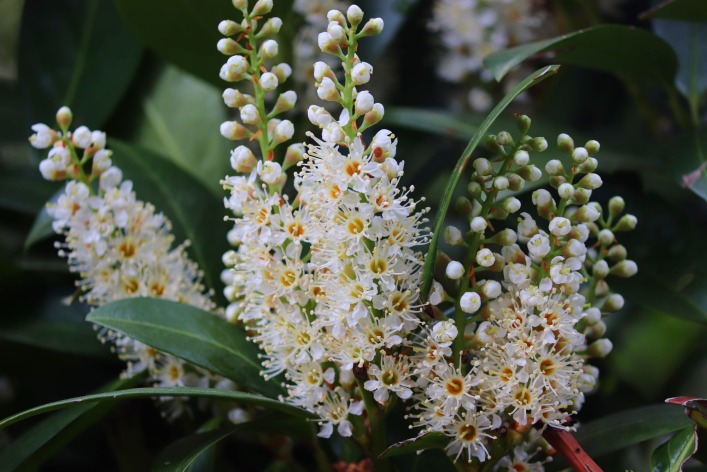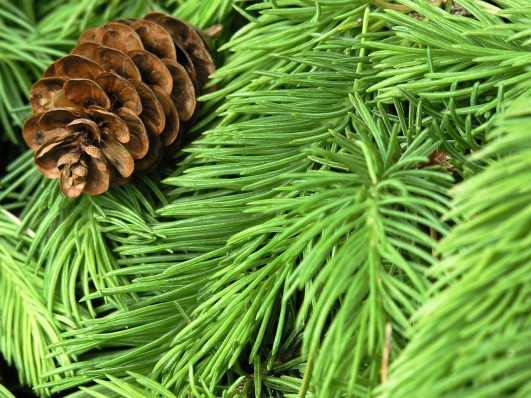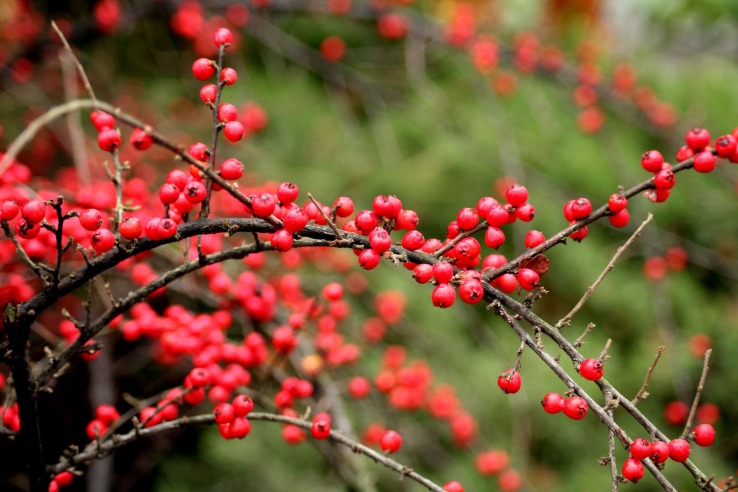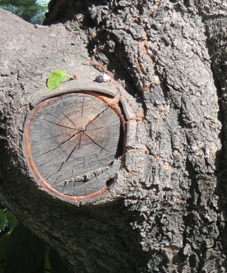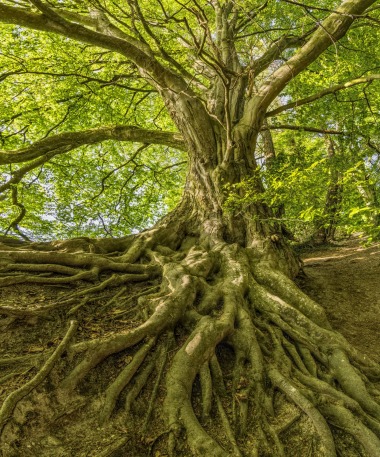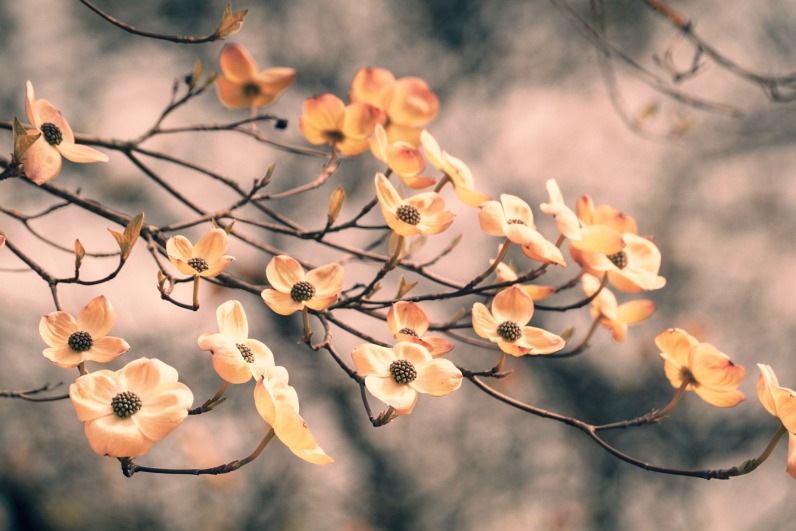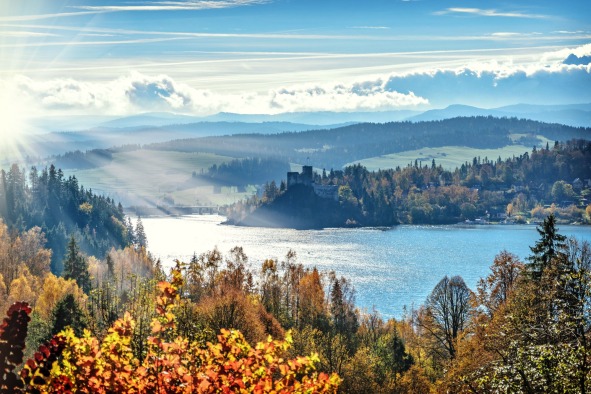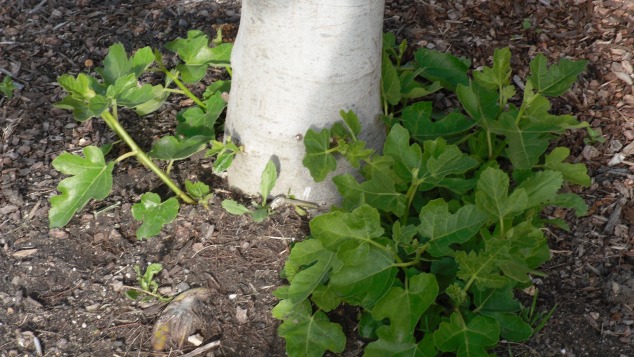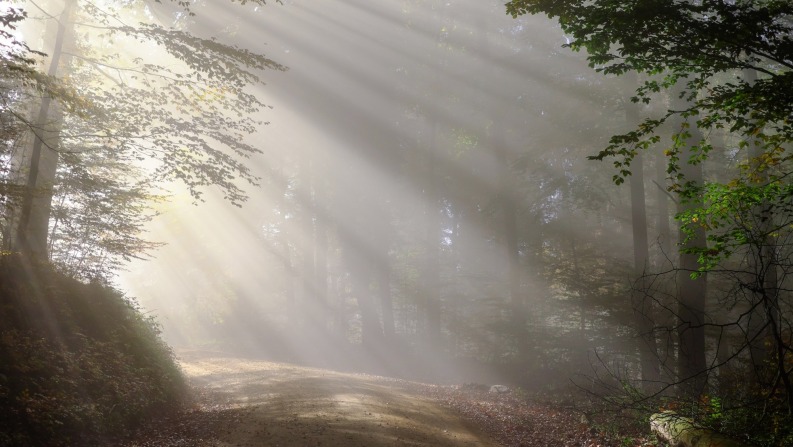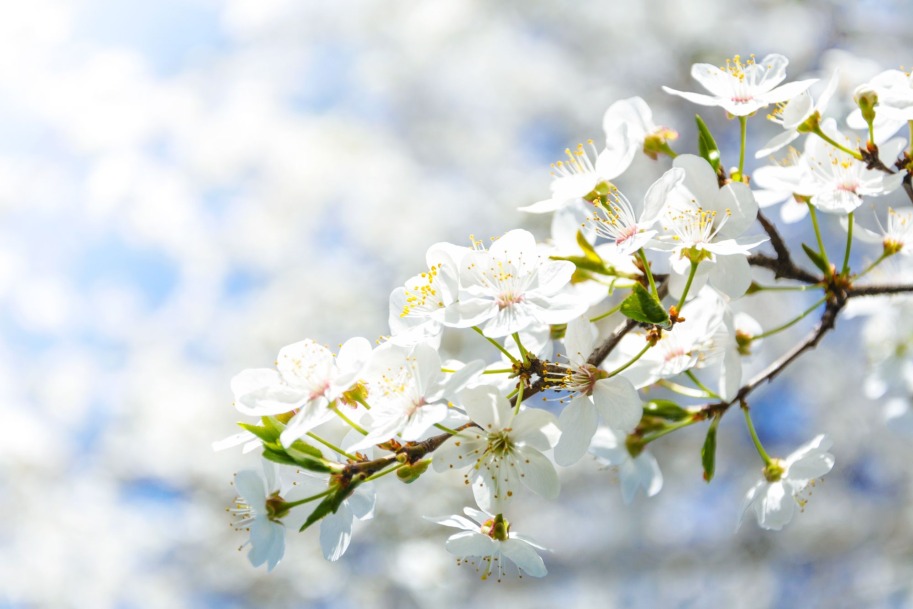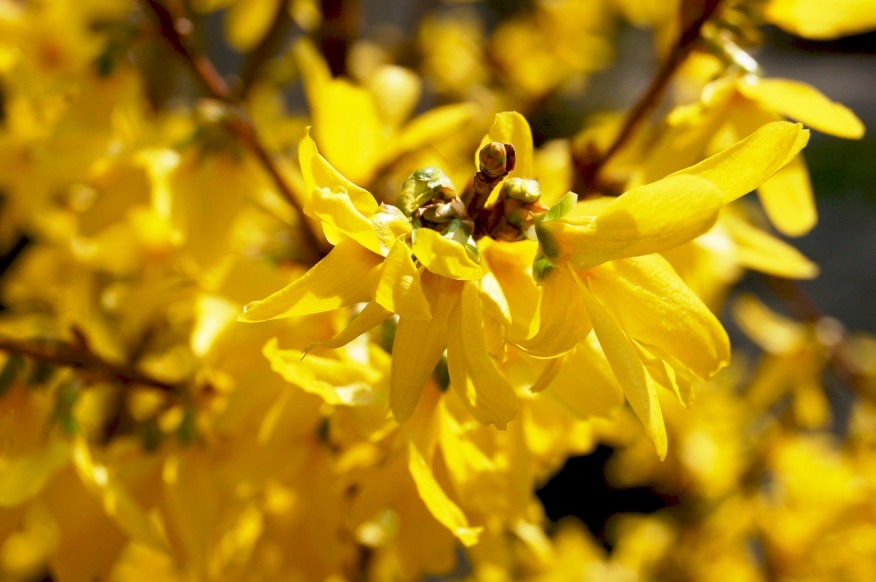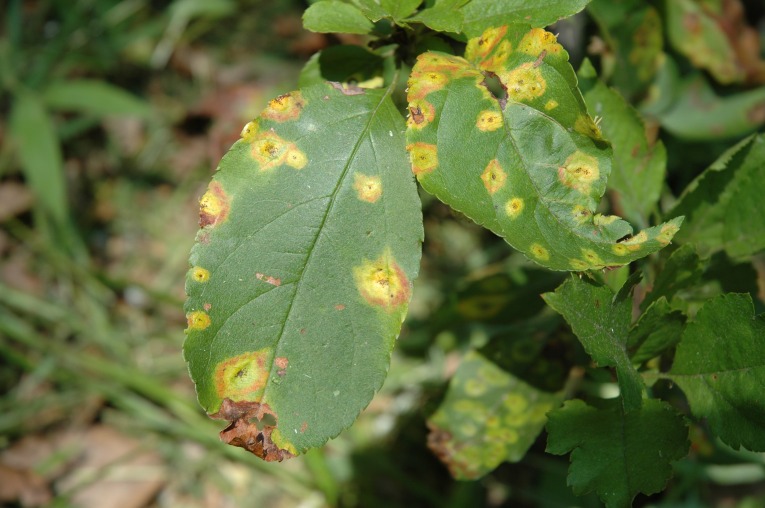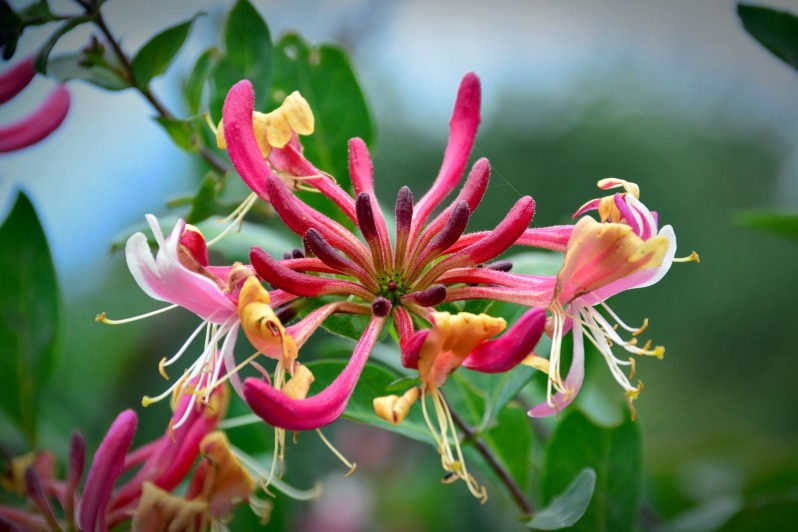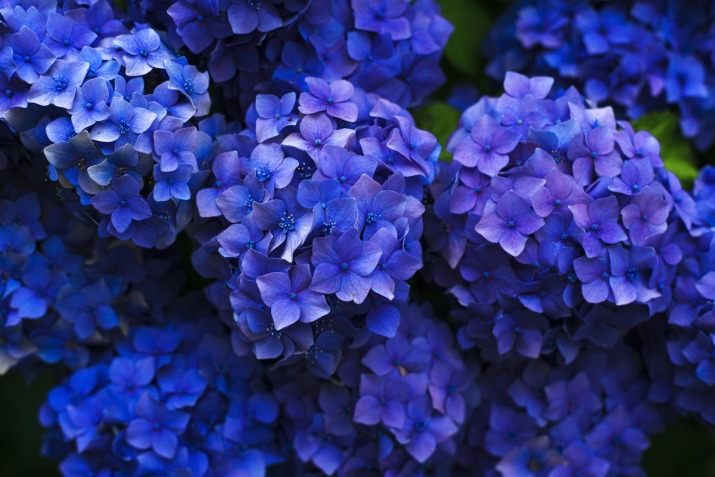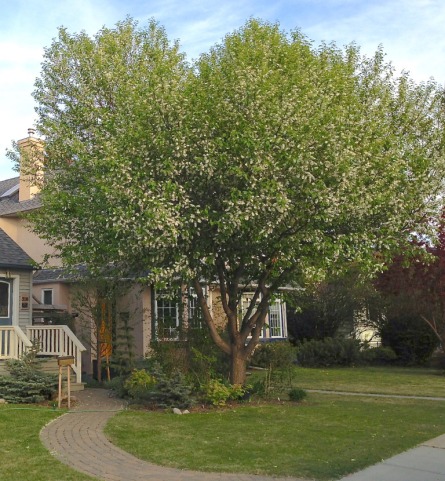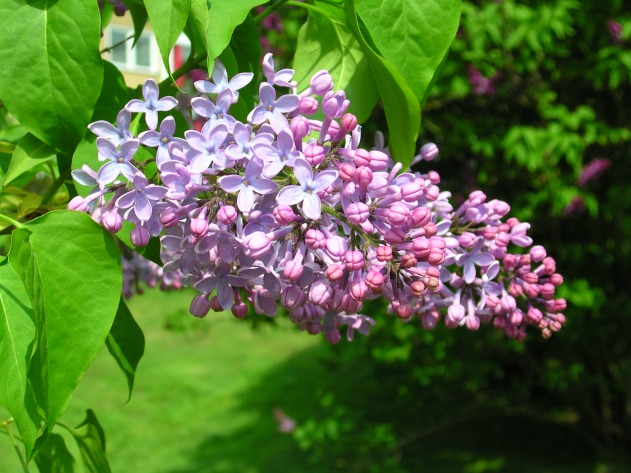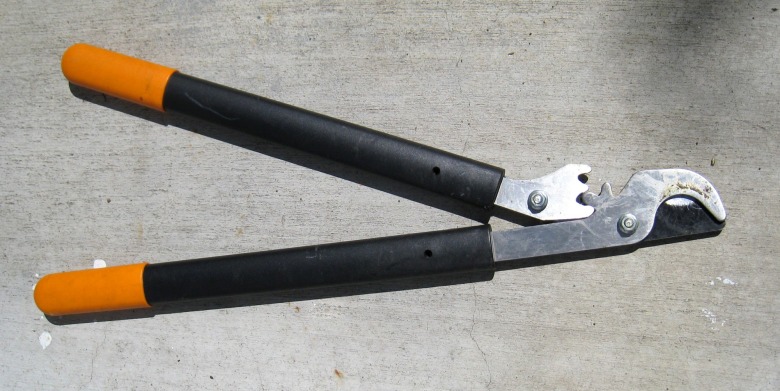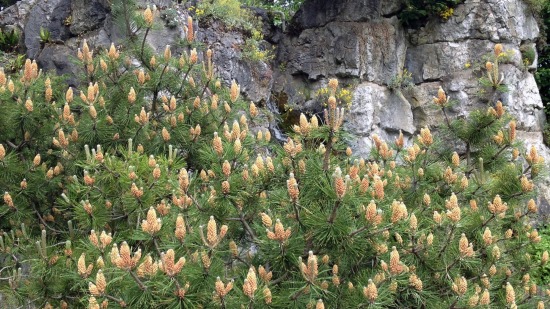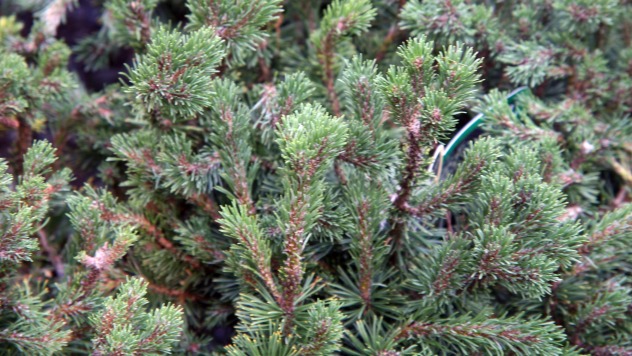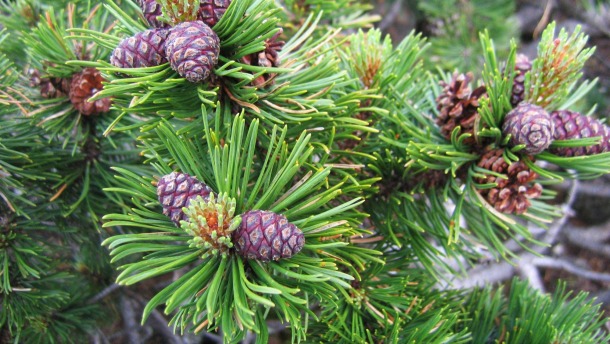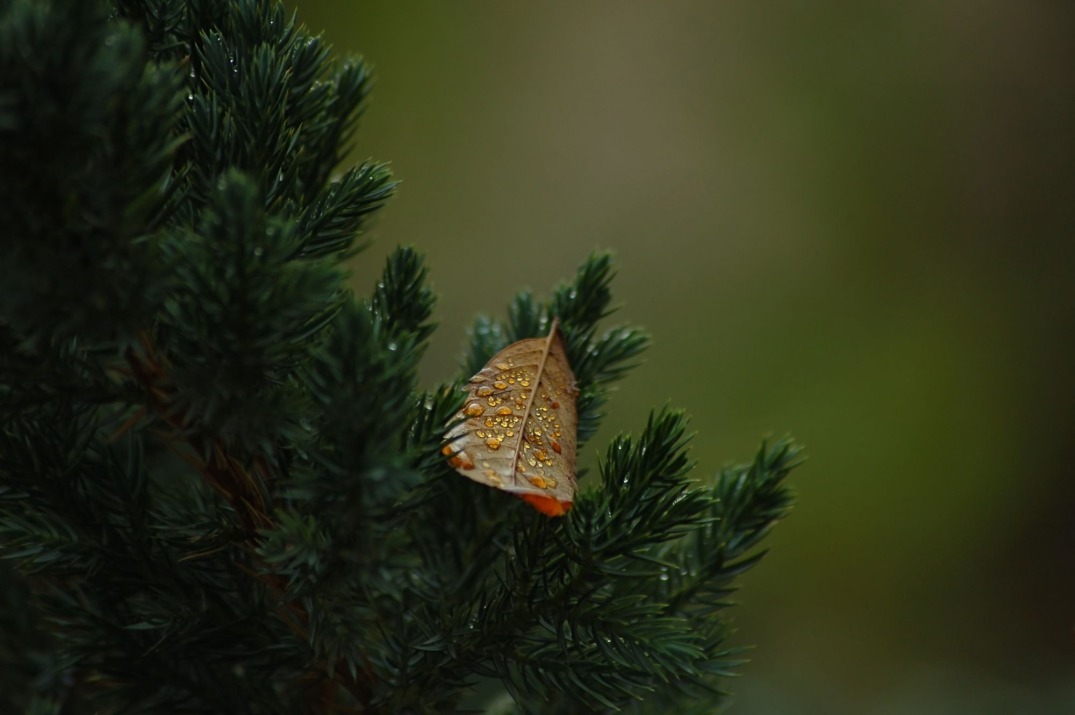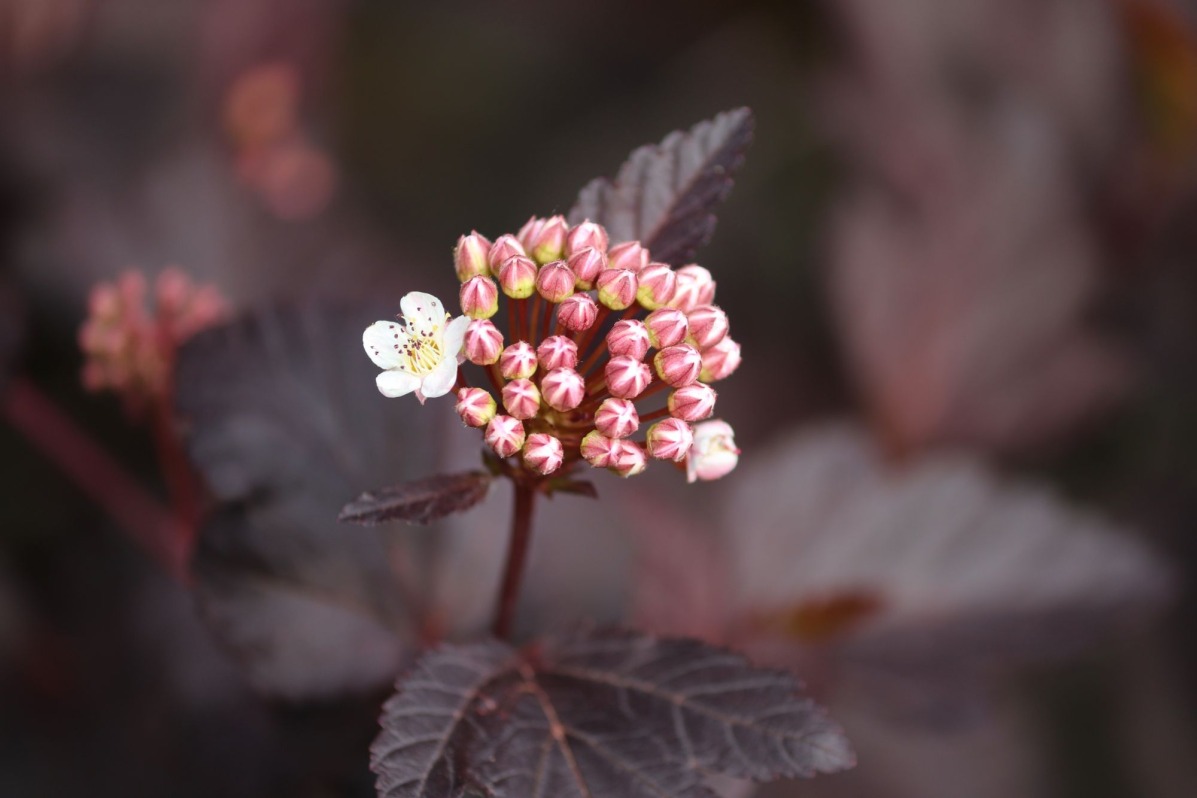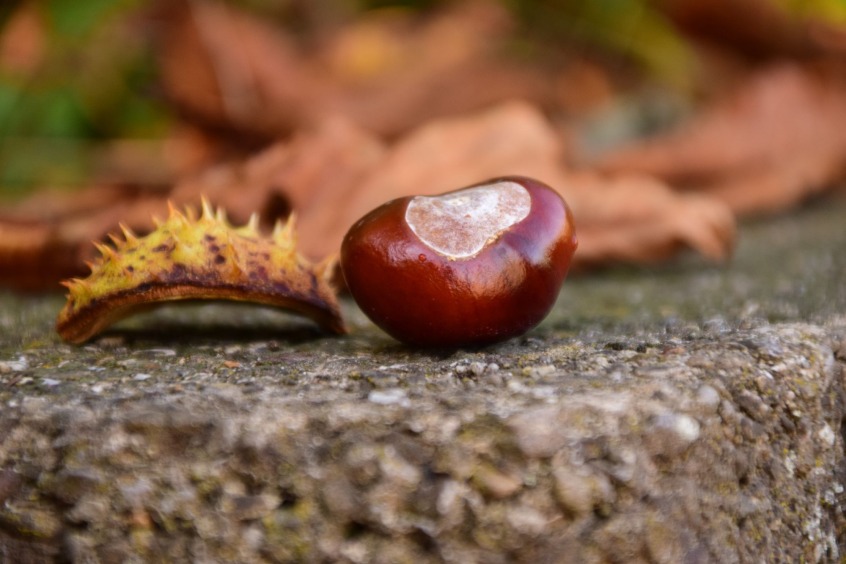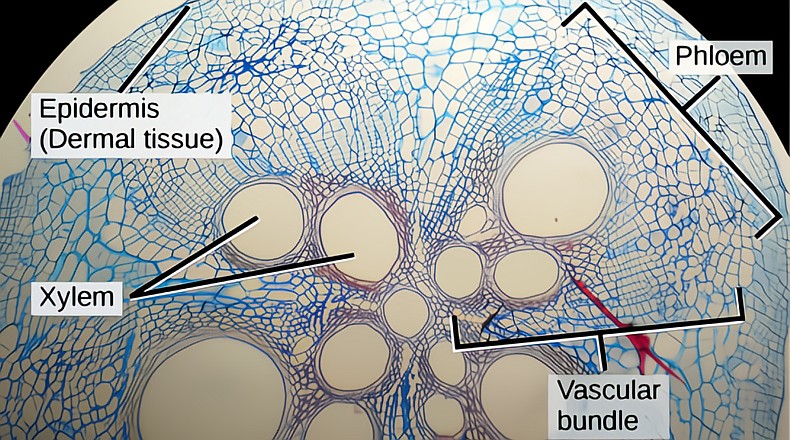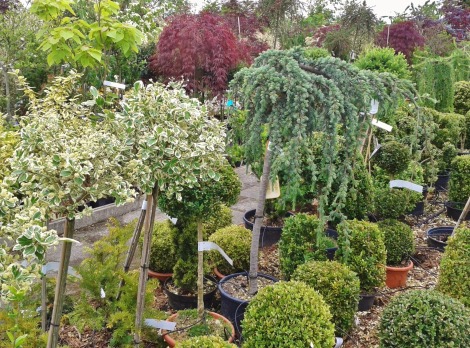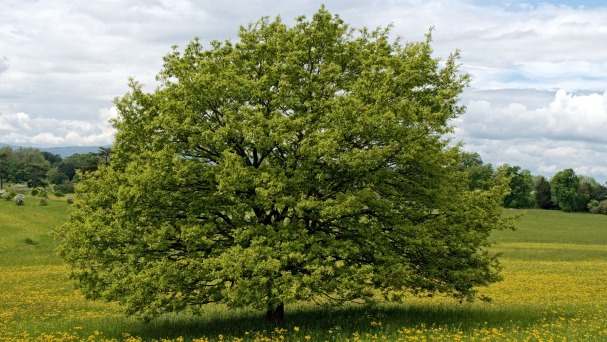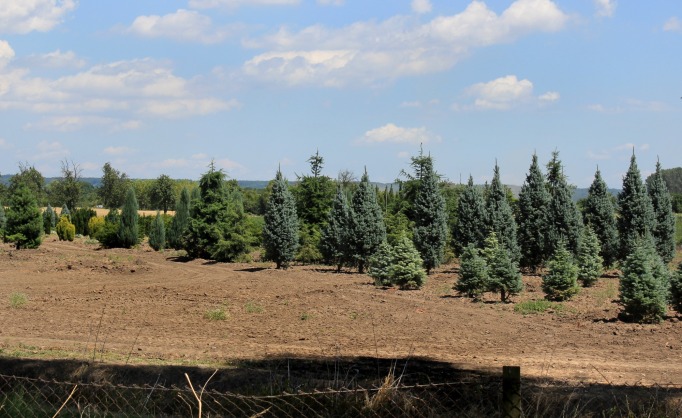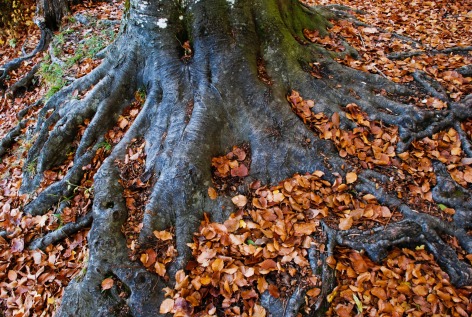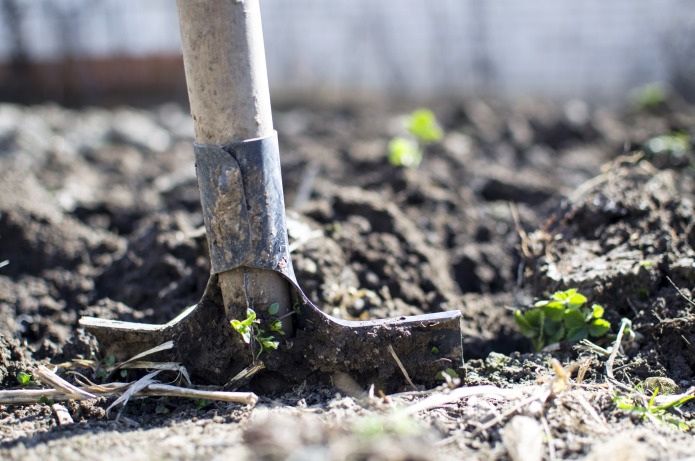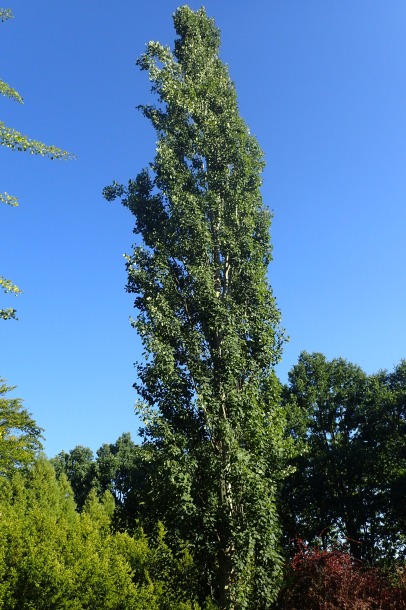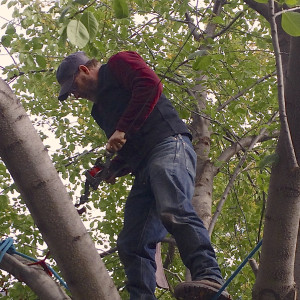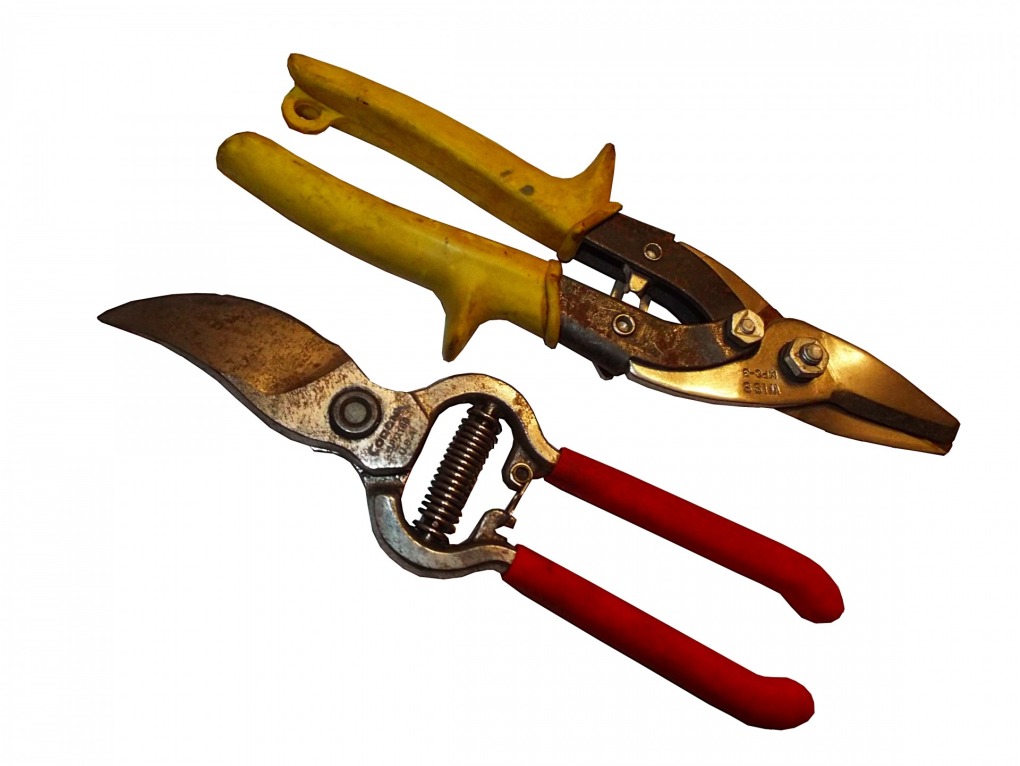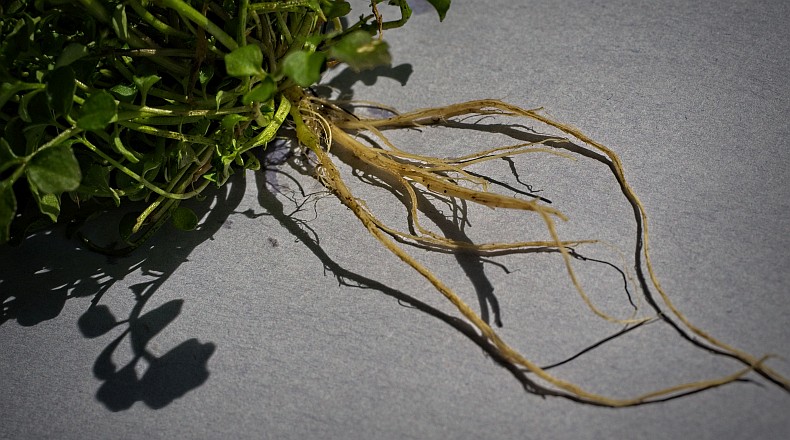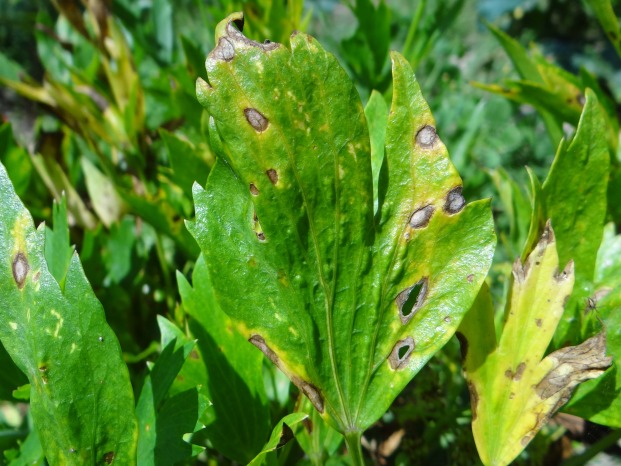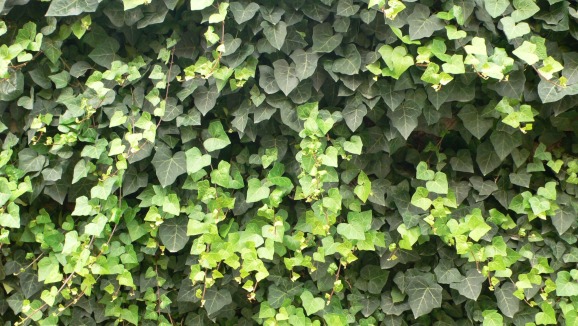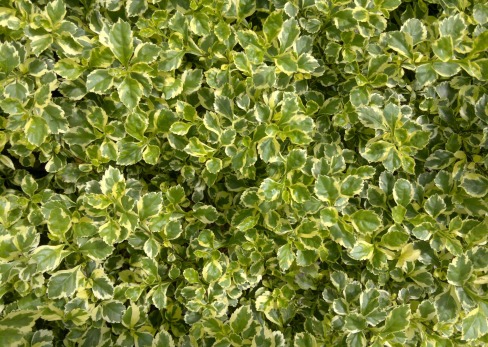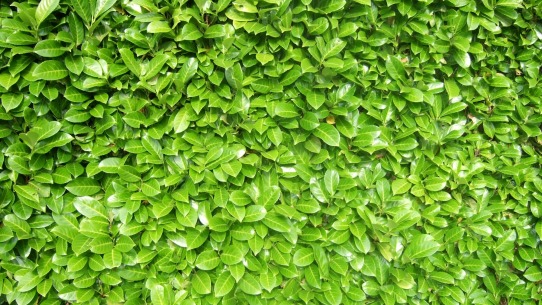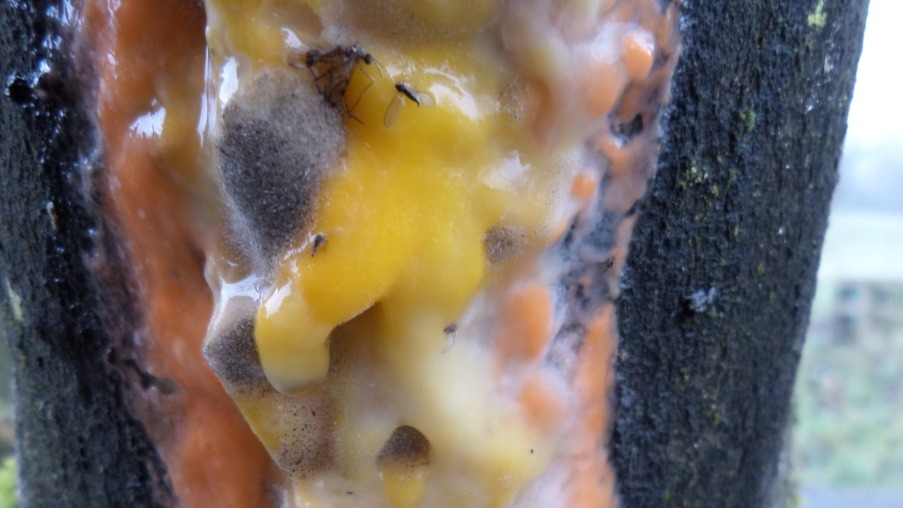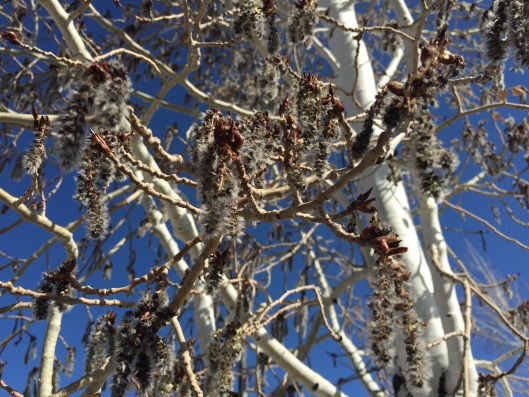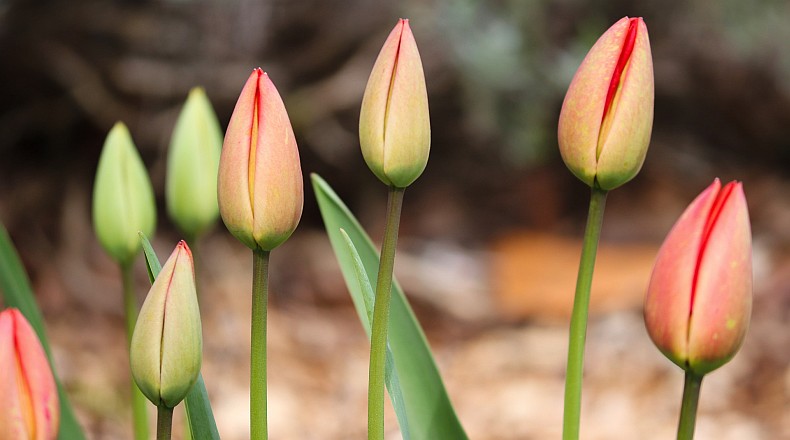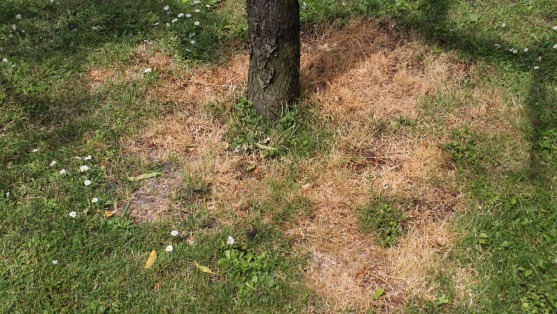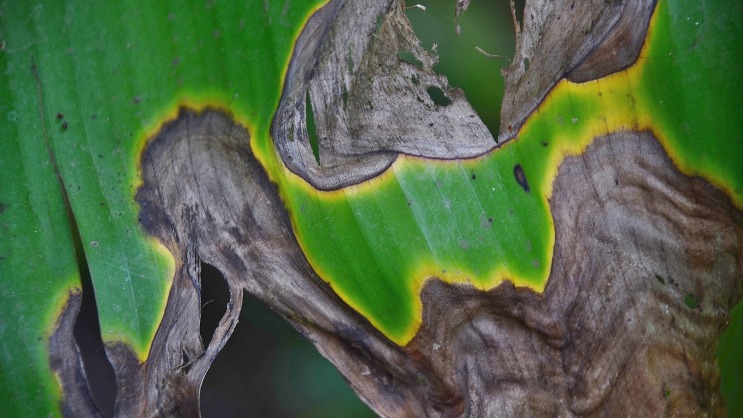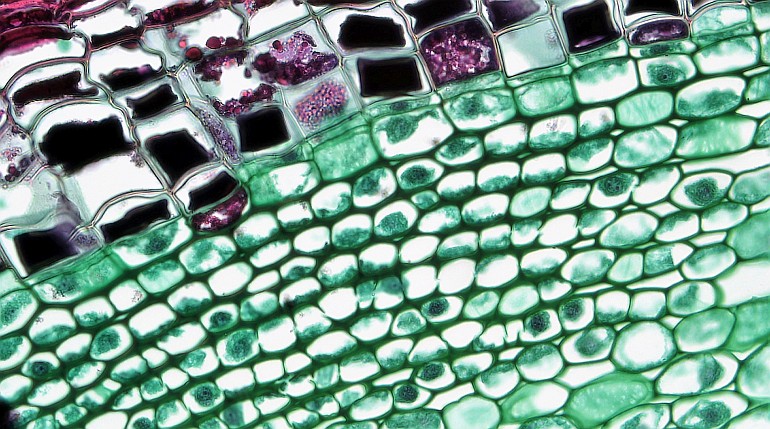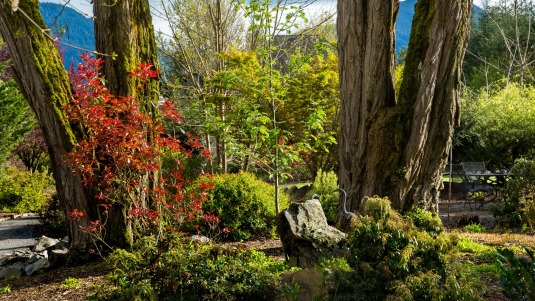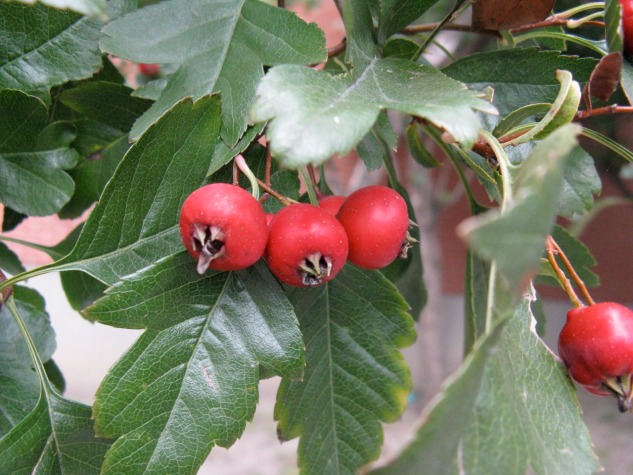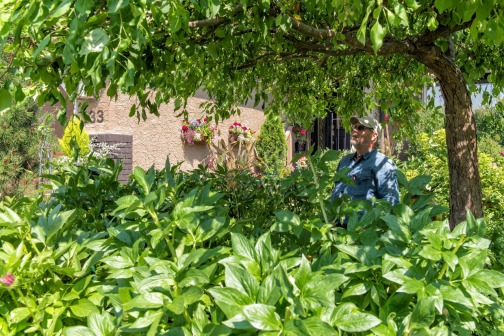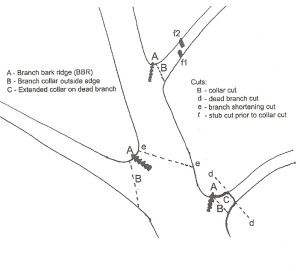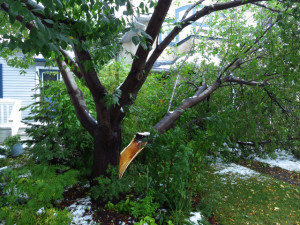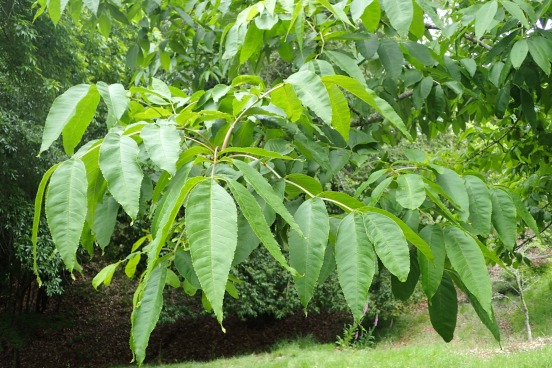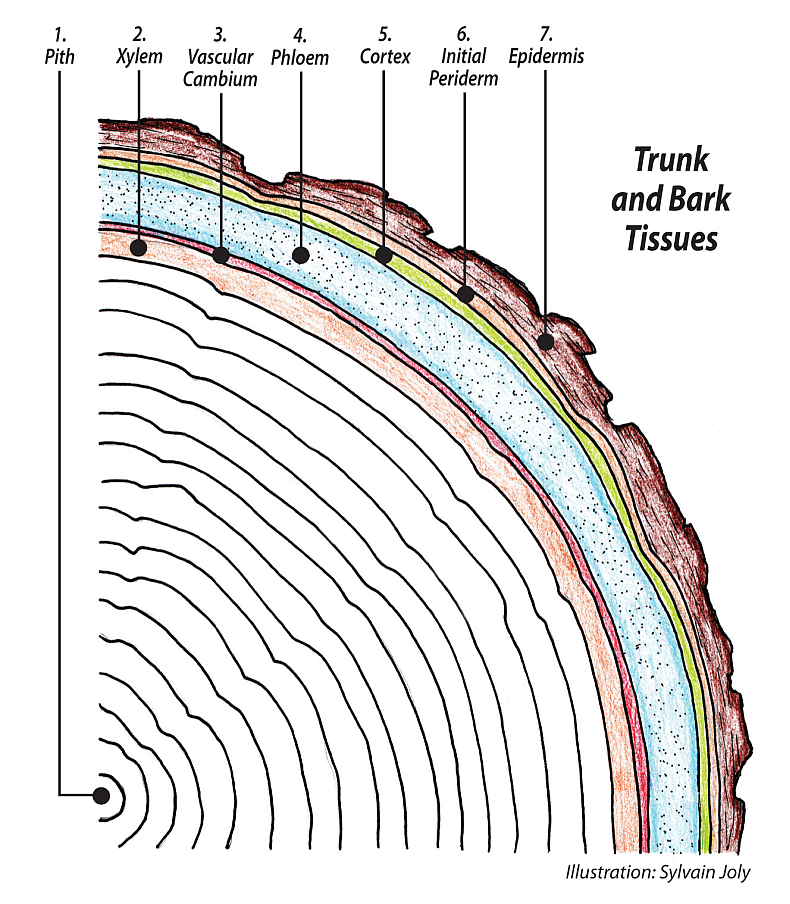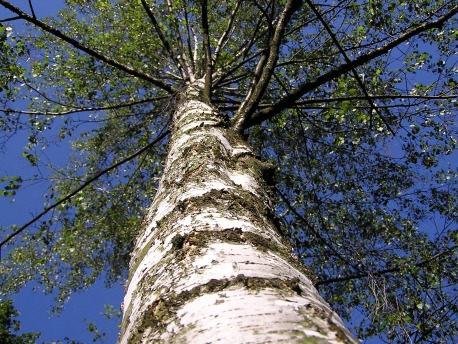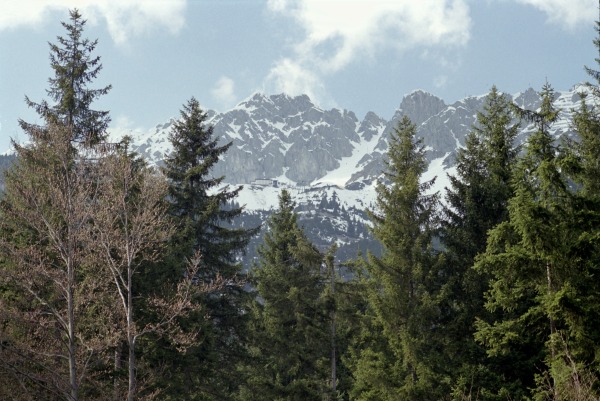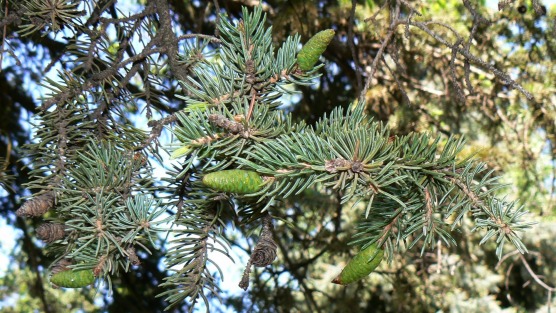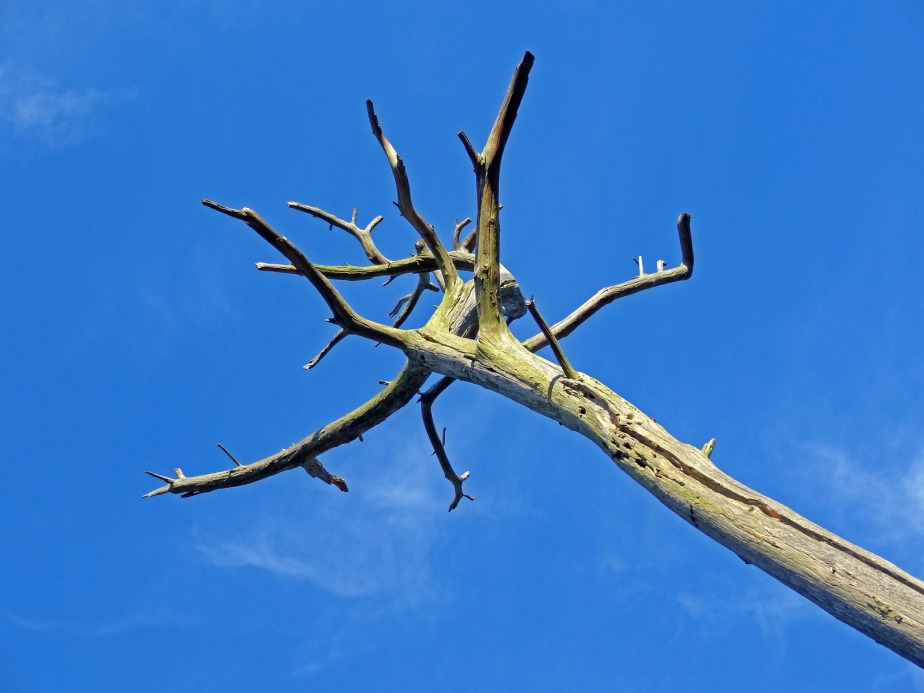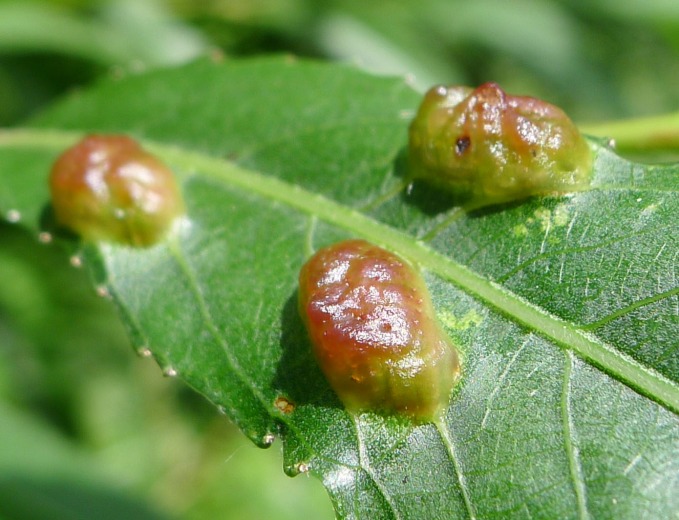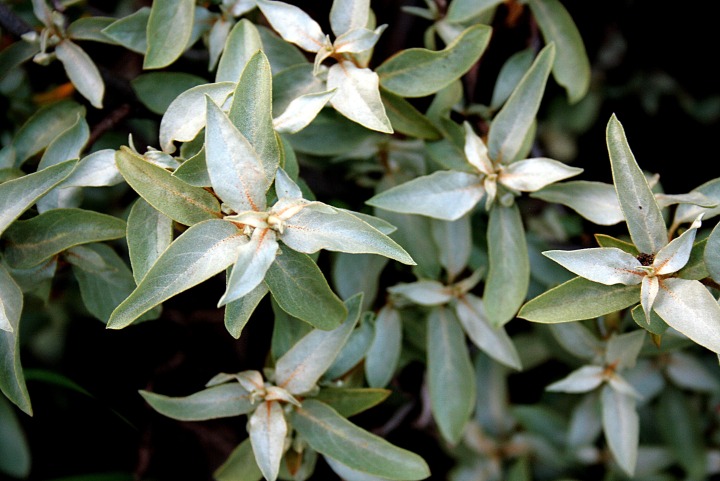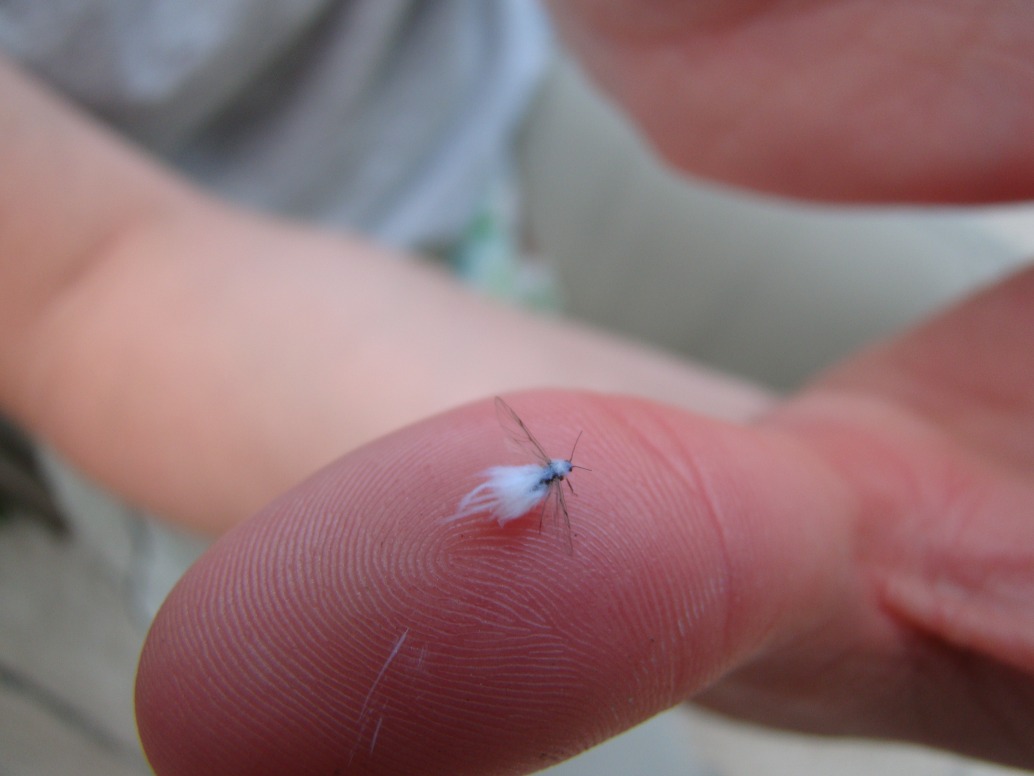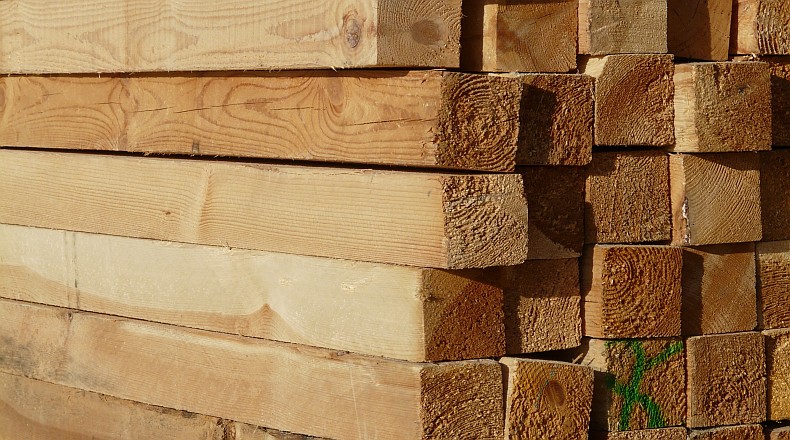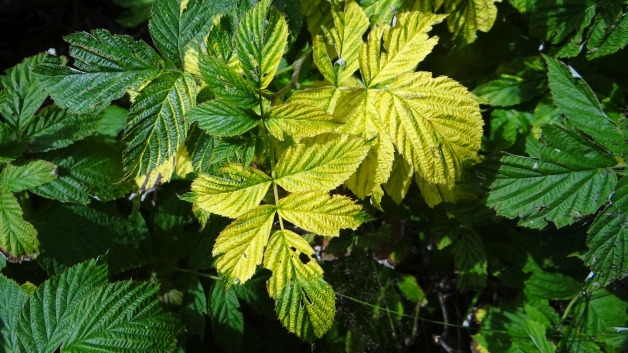Most genera of conifers have smaller forms, many of which are cultivated varieties, plants that do not usually occur in nature, but have been given a helping hand through various breeding methods. Many of these forms come from a mutant or diseased growth that is taken advantage of and cloned. This is how you can get a crawling pine tree that has no interest in being more that two feet high but can be ten feet long. These miniature ornamental conifers can be beautiful and make great feature plants in gardens. Bird's nest spruce and weeping Norway spruce are but two examples. Larch also have interesting forms, some weeping, while others remain contorted dwarfs. The stately eastern white pine has a small weeping form that is a knockout, Pinus strobus pendula, the weeping white pine. If you love the little conifers, check this one out.
Many smaller conifers make wonderful additions to gardens and provide winter color. The main groups are cedars, junipers and yew. (Pines have been covered in the section on Mugos.)
The eastern white cedar, Thuja occidentalis, is the main parent plant that many useful cultivars have been taken from. There are two main forms, columns and globes. The Brandon cedar is columnar, which I have seen 12 metres (40 feet) high. The globe cedar, Thuja occidentalis 'Woodwardii', can attain a size of an 8-metre (25-foot) wide ball. Both of these are extremes and were old plants nearing 100 years old that had never been pruned. Cedars have soft aromatic foliage and are usually disease and insect free. In the harsher prairie conditions, they do best when sheltered from the direct blast of the north wind. South sides of houses work well and areas of thick cover already established in your garden can provide the shelter cedars thrive in.
The junipers are a diverse group with several forms, from small tree size to the crawling ground huggers. In the west there are three native species, the taller columnar Rocky Mountain juniper and its varieties, the shrublike common juniper with sharp needle-like leaves, and the ground hugging Juniperus horizontalis. In the east we would add the eastern red cedar, which is also a columnar form. There are many cultivated forms of these naturally occurring plants. Cologreen, Juniperus scopulorum 'Cologreen', and Blue Wichita, Juniperus scopulorum 'Wichita Blue', are excellent columnar forms that in maturity can reach 5 metres (15-20 feet) and develop a teardrop shape. There are also many forms of crawling junipers, especially Prince of Wales, Juniperus horizontalis 'Prince of Wales'. A European import, the savin juniper, Juniperus sabina, grows to be tall with frond-like branches. Old ones can be close to 2 metres (5-6 feet) high. If you plant savin junipers, do not let them get away on you. If one day they are just too big and are cut back to fit into the space allowed, they will look pruned. Much better to prune a little every year once they have attained the size you want. Over-pruned and noticeably reduced to fit the space, they are an eyesore.
The Japanese yew, Taxus cuspidata, is a hardy plant for zone 3 gardens. It is slow growing and provides year-round glossy dark green foliage. An interesting plant to use for foliage variety, it can tolerate some shade. It's hardy with no insect or disease problems. I know of one old example that is close to 70 years old, about 3 metres (10 feet) high and as wide. It is beautiful.
(Photo credit: Picea abies 'Nidiformis', 2014" by F.D. Richards, licensed under CC BY-SA 2.0.)

